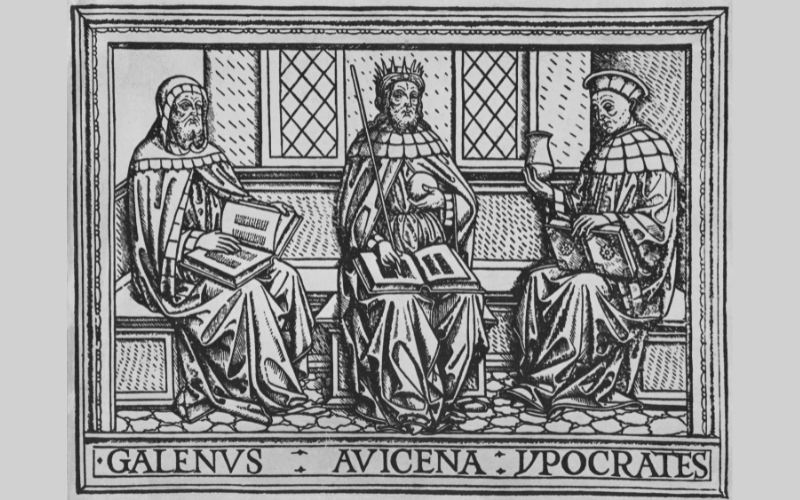6. Historical Context: Tracing Celiac’s Ancient Footprints

Long before our modern diagnostic tools, civilizations recognized ailments linked to grain consumption. Historical documents, particularly from ancient Greece, mention “koiliakos,” relating to abdominal suffering. This connection suggests a long-standing familiarity with what we now identify as celiac disease.
The ancient physician Aretaeus of Cappadocia described patients with digestive troubles, wasting away despite a hearty appetite. These historical references underscore the disease’s long shadow, predating contemporary understanding. Over centuries, celiac morphed from an unknown ailment into a defined medical condition.
In the 19th century, European pediatricians like Samuel Gee articulated a clearer picture of children affected by celiac. Their growth stunted, with pronounced abdominal discomfort after consuming certain foods. Gee’s research sparked a dedicated pursuit to comprehend this mysterious disease.
World War II inadvertently offered a clue. A Dutch pediatrician, Dr. Willem Dicke, observed that wartime grain shortages led to the health improvement of celiac patients. When the war ended and grains reintroduced, the symptoms resurfaced. Dicke’s observations cemented the link between grains and celiac.(6)